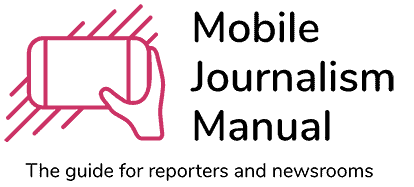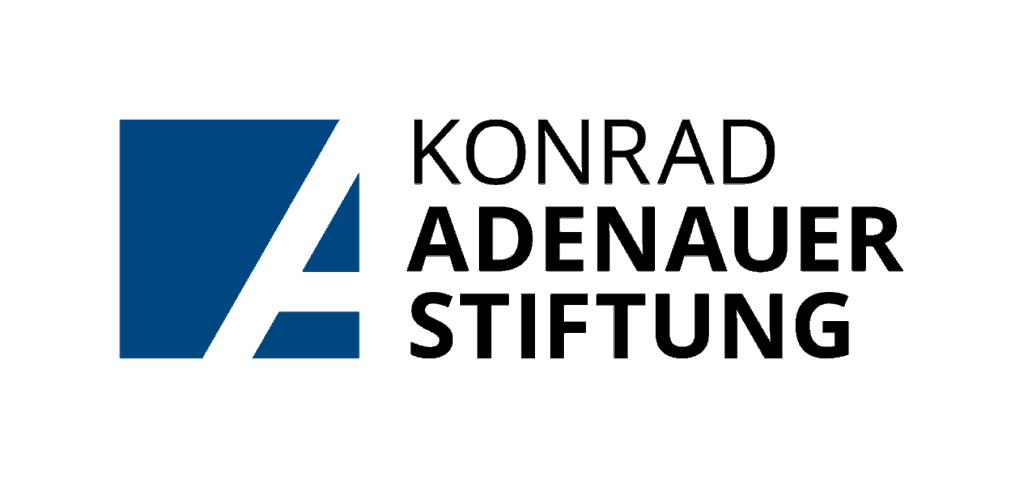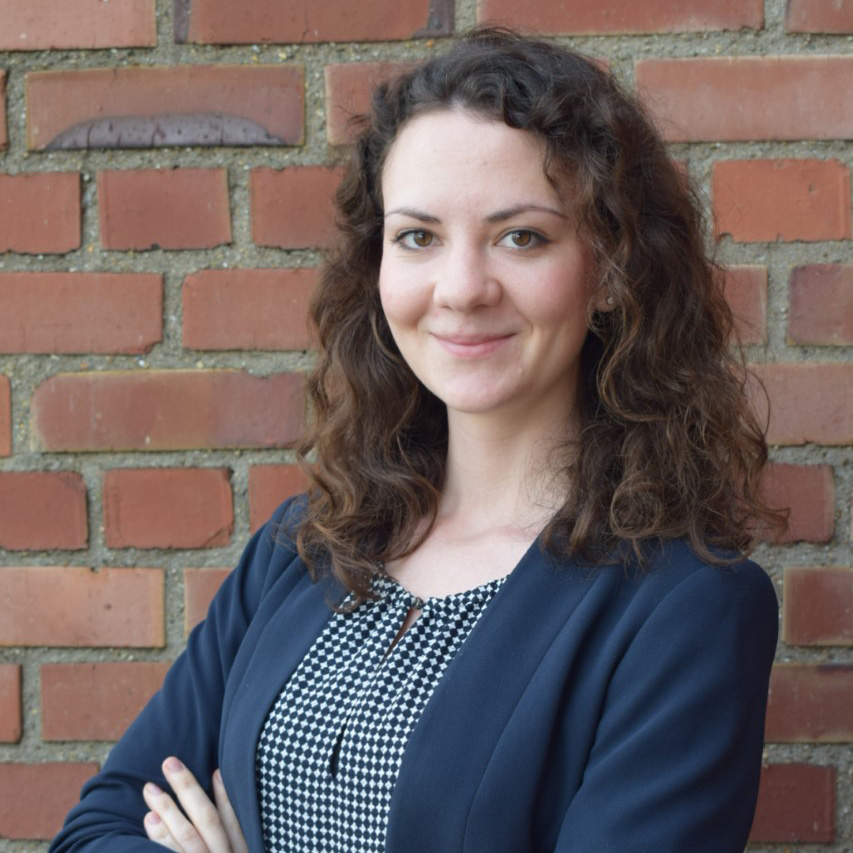Working on data stories combines two aspects: First, the journalistic aspect, which is the same as for every other story. You need to think critically about the facts at hand, keep the needs and interests of your audience in mind and you have to work according to journalistic standards. But the second you bring in data, you also need to pay attention to aspects such as data quality, math and the soundness of analytical methods. Throughout your workflow, make sure that you don’t lose track of one aspect, because you got too wrapped up in the other.
5 Stages of the Data-Journalism Work-Flow:
1. The Story
It all starts with an idea or a question. Sometimes in data-journalism it also starts with available data and the question: Does the available data contain newsworthy information? Here, we have written more about how data journalists find their story-ideas and their data. Another great, free and very extensive resource to learn more about data-journalism is the website datajournalism.com.
2. Research
Beyond the data-analysis, a data-story is still a normal journalistic story. It needs the same rigorous research and fact checking as any other article you might write. At the same time, it might require additional research into data specific questions like comparative or substitutive data sources or fitting analytical methods.
When you do research for data stories keep in mind that data comes in a lot of different formats. That can include text documents, CSV or Excel files, as well as PDFs or images. Here you can find a quick field guide as well as more extensive pieces about data-related journalistic research.
3. Data-Clean-Up
Before you can start to analyze your data you might have to do some data cleaning.
Cleaning your data is absolutely crucial to prevent false results in the analysis and ultimately writing a wrong story! Moreover, the data you are working with might have to be transformed into a format that the software of your choice can read. On other occasions there might be some problematic missing values that you might have to look up or replace. ere are two great resources to read more about the importance and basic concepts of data cleaning:
What is Data Cleaning and why does it matter?
7 Data Cleanup Terms explained visually
4. Data Analysis
At this step of the workflow the actual analysis happens. Here you need to pay close attention to questions such as: What do I want to know? What software or program and what calculations do I need to get that information from the data at hand? If you lack specific skills that are needed in the analytical process, think about what people you could approach for help. If you do any calculations, even basic ones such as car accidents per 1000 inhabitants or doctors per city district, make sure to double check your results. Think also critically about the numbers you have used as comparative data, and if they are the right ones to produce valid results.
5. Storytelling
The final step of the data-journalistic work-flow is the actual story telling. Here you will have to decide how you want to communicate your findings to your audience. For example, not every data-story will benefit from a visualization. Sometimes it works just as well to present your findings in a normal article. Even without fancy visualizations your story is still a data story, if some of the facts come from data analysis. If your story does benefit from a visual depiction of your findings, choose the kind of visualization that works best for your data. Think critically about these questions, since they will influence the impact of your story .


